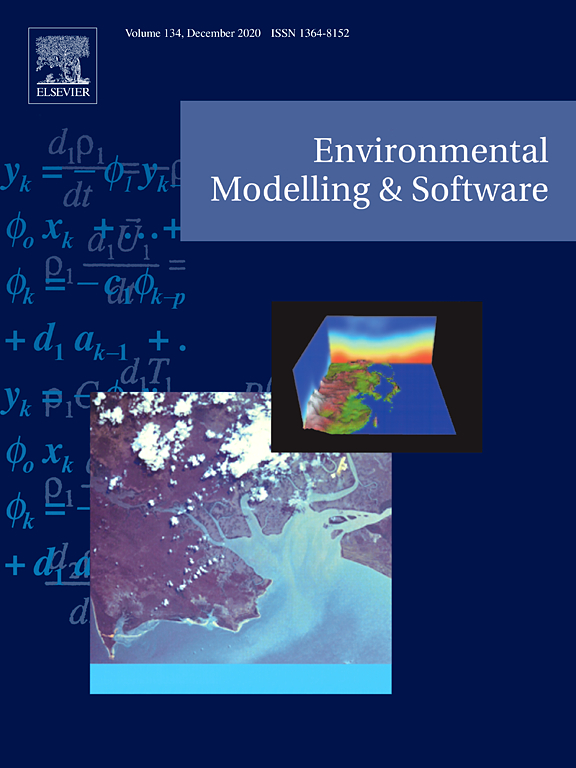Evolutionary origins for ecological patterns in space
Does evolution influence ecological patterns in space? The authors synthesized 500 studies to develop a predictive framework for whether and when evolution amplifies, dampens, or creates ecological patterns. They show that local adaptation can alter spatial variation in population, community and ecosystem features. Dampening of ecological differences is the most prominent effect of evolution.
Long-Read Amplicon Sequencing of Nitric Oxide Dismutase (nod) Genes Reveal Diverse Oxygenic Denitrifiers in Agricultural Soils and Lake Sediments
This study indicates that nod-gene-targeted long-read sequencing can be a powerful tool for studying the ecology of oxygenic denitrifiers, and the results also suggest that oxygenic these novel microbes are prevalent and abundant in different terrestrial samples, where they could play an important, but yet overlooked role in nitrogen transformations.
Performance of one-dimensional hydrodynamic lake models during short-term extreme weather events
Three 1D lake models reproduced the overall impacts of storms and heatwaves well. The timing of effects was simulated accurately. Uncertainty in simulations increased during extremes compared to reference periods. Increased uncertainty should be kept in mind when applying models to extreme events.
Can parasites adapt to pollutants? A multigenerational experiment with a Daphnia × Metschnikowia model system exposed to the fungicide tebuconazole
A Daphnia-parasite system was used to assess long term effects of fungicide pollution. Parasitic yeast lineages were reared in the absence/presence of tebuconazole (TEB). Multigenerational exposure to TEB caused transient phenotypic costs in the parasite. Parasitic yeast M. bicuspidata showed no potential for rapid evolution to TEB.
On the conservation value of historic canals for aquatic ecosystems
The authors reviewed ecological studies in historic canal systems, examined the potential of historic canals to contribute to aquatic biodiversity conservation, and provided suggestions to promote biodiversity conservation given the opportunities and challenges in canal management (e.g., nature conservation vs historic preservation).
Scientists' warning on invasive alien species
Scientists warn of increasing threats posed by invasive alien species. More effort is needed to prevent, detect and control invasive alien species – this is emphasized by researchers from 13 countries.
How biological invasions affect animal behaviour: a global, cross-taxonomic analysis
In interaction, invasive and native species can change their behaviour. This is a meta-analysis, led by IGB, of which changes in behaviour are studied in invasions, and what is known about the types of behaviour that change, the underlying mechanisms and the speed of behavioural changes.
Peak grain forecasts for the US High Plains amid withering waters
A predator-prey model shows the coupled dynamics of groundwater use and crop production. It provides the scientific basis for the sustainability analysis of the irrigation of agricultural land with groundwater.
The role of connectivity in the interplay between climate change and the spread of alien fish in a large Mediterranean river
Dams exacerbate the consequences of climate change on river fish: A potential response of river fish to environmental changes is to colonise new habitats. Dams restrict the habitats of fish, but do not necessarily prevent the spread of invasive species, as Johannes Radinger and his team found.
Long-term warming destabilizes aquatic ecosystems through weakening biodiversity-mediated causal networks
Climate change destabilizes aquatic ecosystems through weakening the interactions between species richness and biomass of phytoplankton and the chemical and physical environmental factors. This is the conclusion of a study on long-term data series of 10 aquatic ecosystems using the convergent cross mapping (CCM) method.










